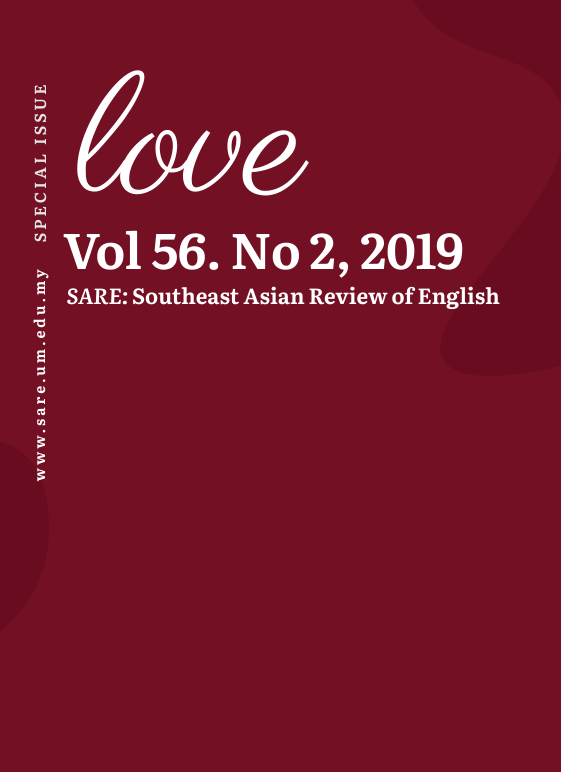Unearthing Love on the Central Australian Frontier
Main Article Content
Abstract
This story centres around a tin shed known as the Bungalow that was built in Alice Springs in 1914 to house Topsy Smith, an Indigenous Arabana woman, and her seven children. Topsy’s husband, Welsh-born Bill Smith, had died at the mines. Topsy lived in the Bungalow for the next fifteen years, raising her own children as well as about forty other “half-caste” children, who had been taken from their families in the surrounding desert lands. I am the white Australian mother of a mixed-heritage Indigenous daughter and have lived for nearly three decades in Central Australia. My aim, through this piece, is to create a post-colonial, literary reimagining of the story of the Bungalow, using techniques of speculative biography, archival poetics, ekphrasis and auto-ethnography. Part of my doctoral research, this paper explores how I have used methodologies of practice-led research and creative non-fiction to reimagine Topsy Smith’s life and come to see her, not as a shadowy and little known figure of history but as a woman full of life and love. My supervisors encourage me to interrogate my motivation for this topic. I offer intellectual, political and personal explanations, but still they prod. I dig further to arrive at my own core provocation of love.
Downloads
Article Details
Copyrights of all materials published in SARE are retained by the authors. Authors may republish their work or grant others permission to republish it. We would be grateful if republication is accompanied by an acknowledgment that the work was originally published in SARE.
